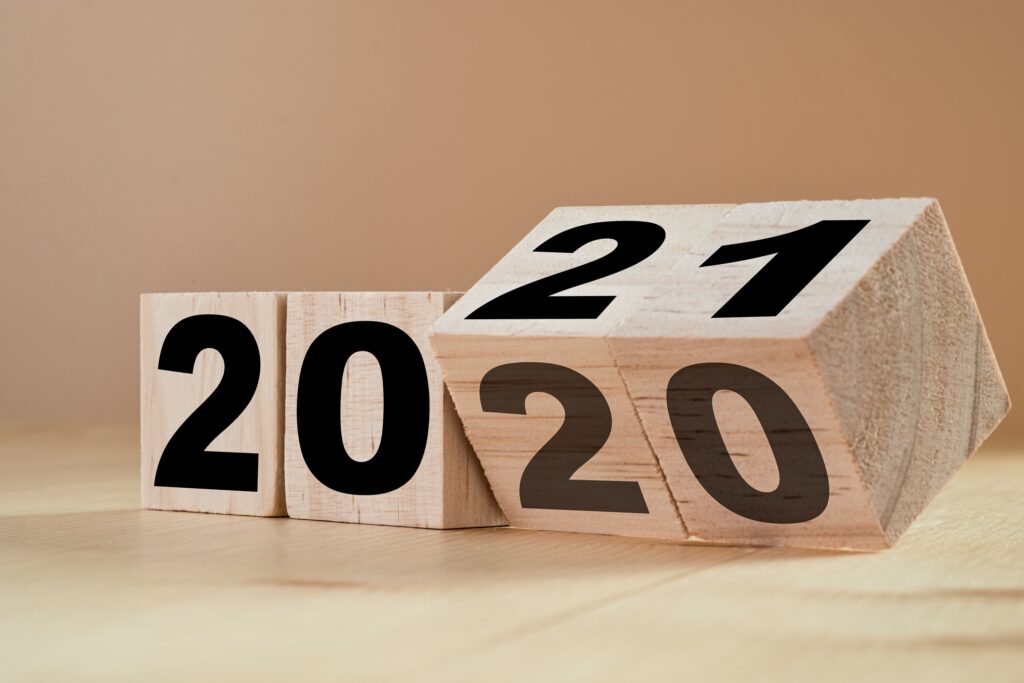
As I am reflecting back on year 2020 there is no doubt that coronavirus pandemic is the biggest theme of this year. The pandemic has not only disrupted global economy, it also changed our lives more or less. Last December when I wrote an article on looking into year 2020, “uncertainty” and “change” were the two words that came to my mind at that time. This time, I think “resilience” and “recovery” will be the two theme words of year 2021.
Resilience is the US economy which bounced back from its second quarter low on a tear. Resilience also is human spirit that carries us over despite lock-downs and remote working/learning. Now that we have clinically proven effective vaccines we see light at the end of this dark tunnel. We are entering the stage of recovery.
But we are still vulnerable coming out of this pandemic. Recent weeks’ numbers of US initial jobless claims were still stubbornly high, pointing to a slow-down and weak recovery well into the year 2021. Many economists pointed out that it is highly likely that we will not have a full economic recovery until after the end of year 2022.
It is hard to predict the short term trend of the stock market. Due to the pandemic caused economic downturn, the Fed and the government will continue to support the US economy with fiscal and monetary policies at least in the short term. These temporary stimulus policies in turn will most likely sustain the stock market’s high valuations in much of the year 2021.
We probably will not see drastic changes in tax law in 2021 if the Republicans win the Senate majority. However, several rounds of economic stimulus packages passed during the Pandemic widen the government deficits. Therefore, mid-term to long-term there could be quite significant changes to current tax law, especially rolling back of 2017 tax cuts for the rich and corporations.
When it comes to personal finance, there are a few strategies for you to plan for year 2021. That is, budget and track your spending; manage your debt and increase your emergency reserve.
If you have not had money set aside for rainy days, start building your rainy day reserve fund as soon as possible. Build the fund to cover at least three months of family expenses. If you already have three months of expenses of emergency fund set aside, preferably in savings account or money market fund, increase the reserve to cover six months of expenses. If personal financial situation allows it, it is better to increase the emergency reserve to cover 12 months of expenses at this time.
The reason I am recommending the increase in emergency reserve is because entering 2021 there are still many uncertainties, including possible continued pandemic, relatively high stock market volatility and weaker than expected economic recovery that may all affect your job and financial stability. It is wise to have a larger than usual monetary cushion to carry you over during these unprecedented times. And if the economy recovers much faster than we predicted, then you will need less emergency reserve and have some extra money to take advantage of the opportunities emerged in the financial market and elsewhere in the coming year.
Thanks for reading and have a very happy holiday season!
